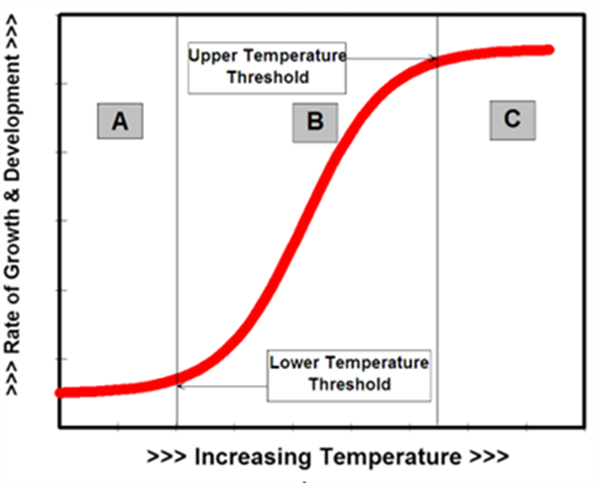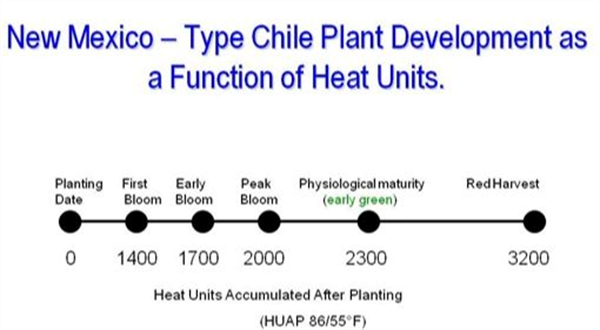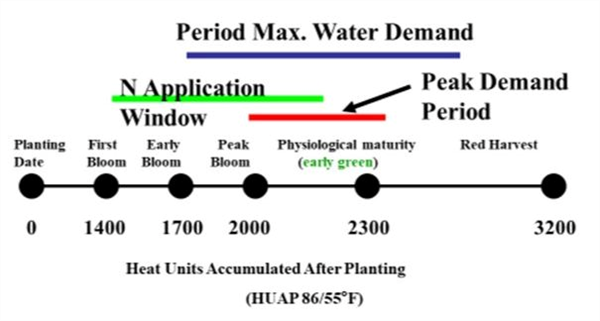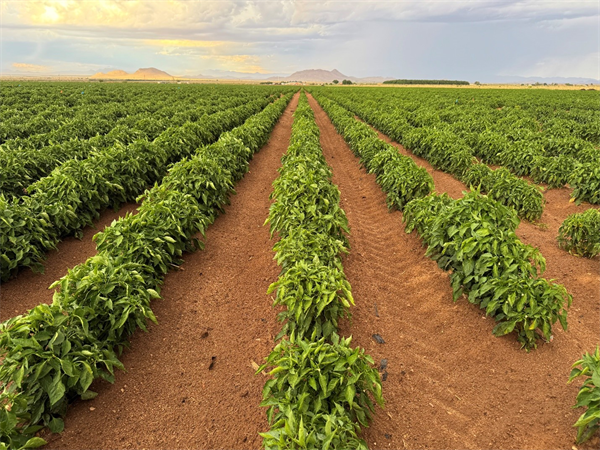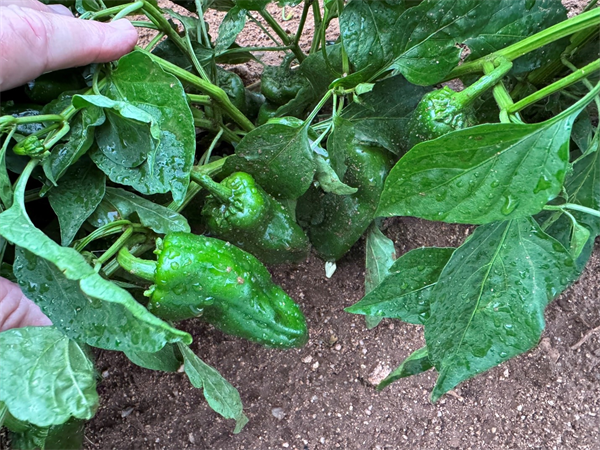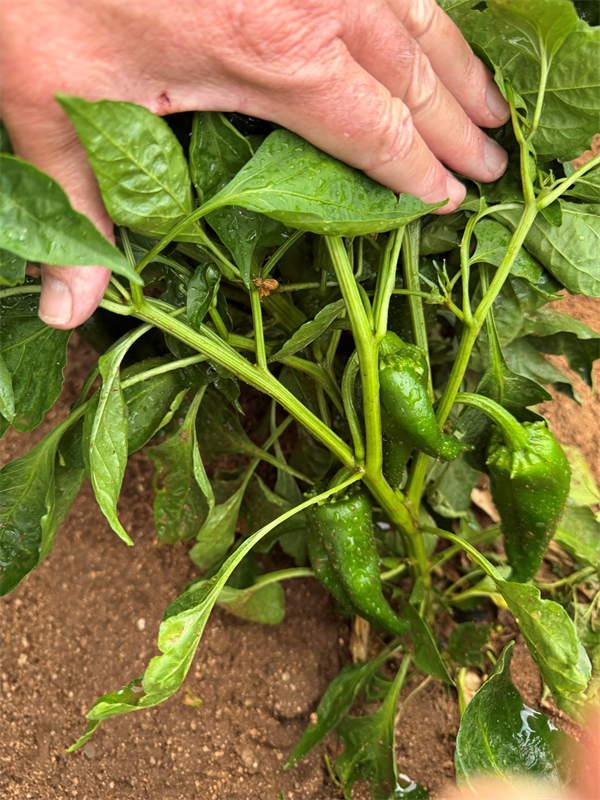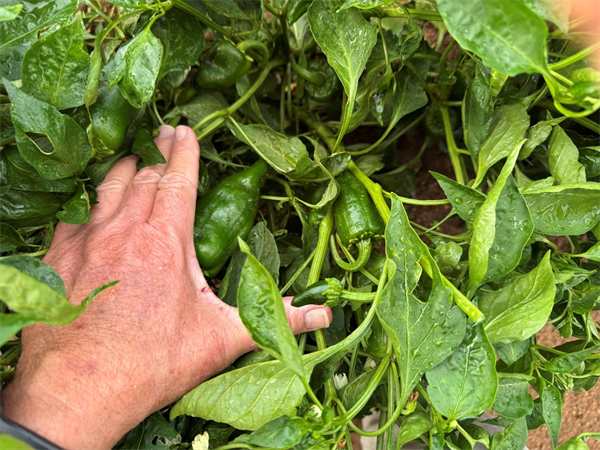-
Aug 11, 2021Seedling Pests at Stand Establishment (2021)
Desert growers have started planting fall melons and will soon be transplanting/direct seeding produce crops. Accordingly, PCAs will be faced with several important insect management decisions. As crops begin to emerge, they can expect to encounter several insect species that can potentially cause serious economic losses to crop stands. These seedling pests include flea beetles, crickets, grasshoppers, darkling and rove beetles, earwigs, and saltmarsh caterpillars (‘woolly worms’). These insects all have chewing mouthparts, and most are capable of consuming large amounts of leaf tissue in a short period of time. Seedling crops at the cotyledon stage are most susceptible; these pests can devour entire cotyledons or outright kill small seedlings. If left unprotected, transplants and larger seedling plants can sustain significant feeding damage on the terminal growing points or newly emerged leaves. Not only can this feeding stunt plant growth but can result in lack of stand uniformity and ultimately, maturity at harvest. Host crop sources for flea beetle, crickets and "woolly worm" infestations include numerous summer crops (e.g., Sudan grass, cotton, and alfalfa), volunteer melons, and weeds (e.g., purslane). I have been picking up a considerable amount of pale stripped flea beetles on alfalfa the past couple of weeks. Fortunately, growers have been vigilant about field sanitation and weeds are few and far between throughout the valleys. Crickets have also been especially numerous this summer, so keep a sharp eye out for these guys. Salt marsh caterpillars have not been reported to date, but are known to disperse from alfalfa and cotton, particularly Pima cotton (non-Bt). Experience suggests that melon fields planted adjacent to these crops/weedy areas are at a high risk from these seedling pests, particularly flea beetles. As summer crops are harvested or terminated during the next several weeks, these seedling pests typically move to the next available host crop; lettuce, cole crops and melons. Fortunately, there are many registered insecticide alternatives available that can be applied via sprinkler chemigation (i.e., pyrethroids) or foliar sprays (i.e., methomyl, neonicotinoids) that can cost-effectively minimize their abundance and damage to emerging produce and melon crops. Additionally, insecticide seed treatments are available for lettuce and broccoli that will protect stands from flea beetles (i.e., NipsIt). For more information on insect pests of leafy vegetables and melons at stand establishment please see Insect Management on Desert Produce and Melons: Pests at Stand Establishment
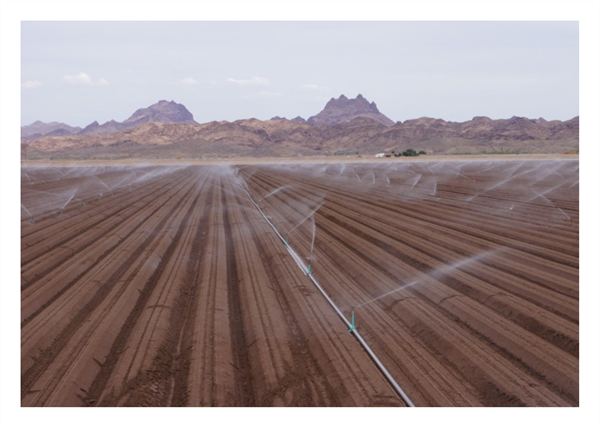 To contact John Palumbo go to: jpalumbo@ag.Arizona.edu
To contact John Palumbo go to: jpalumbo@ag.Arizona.edu



